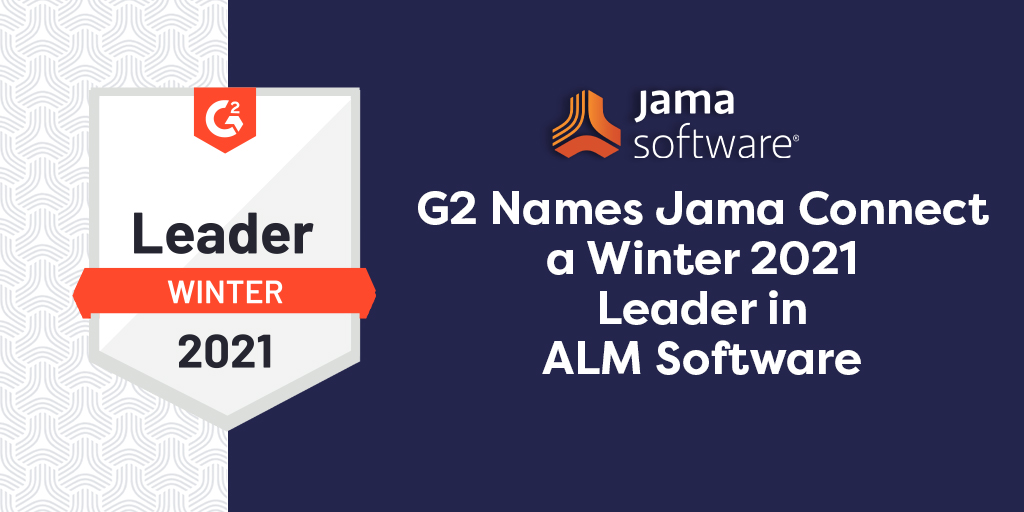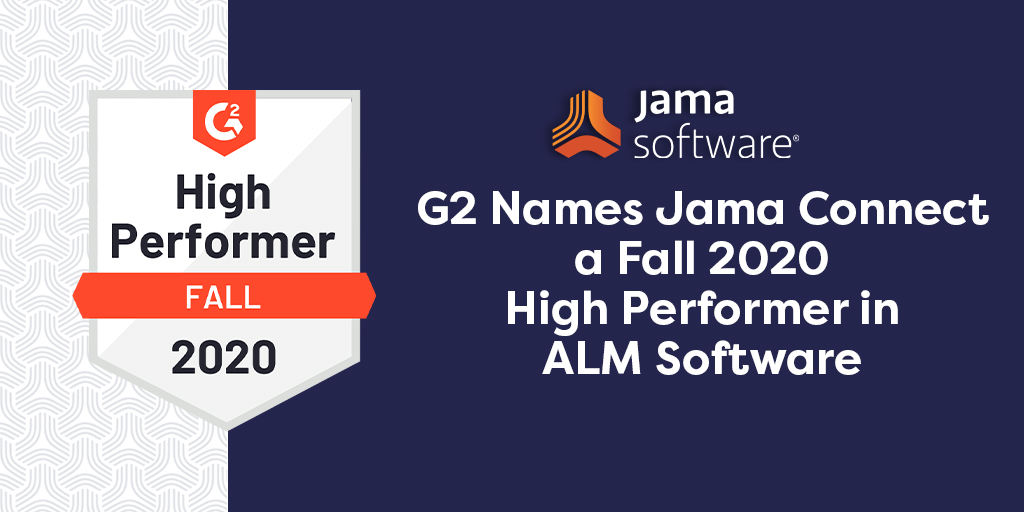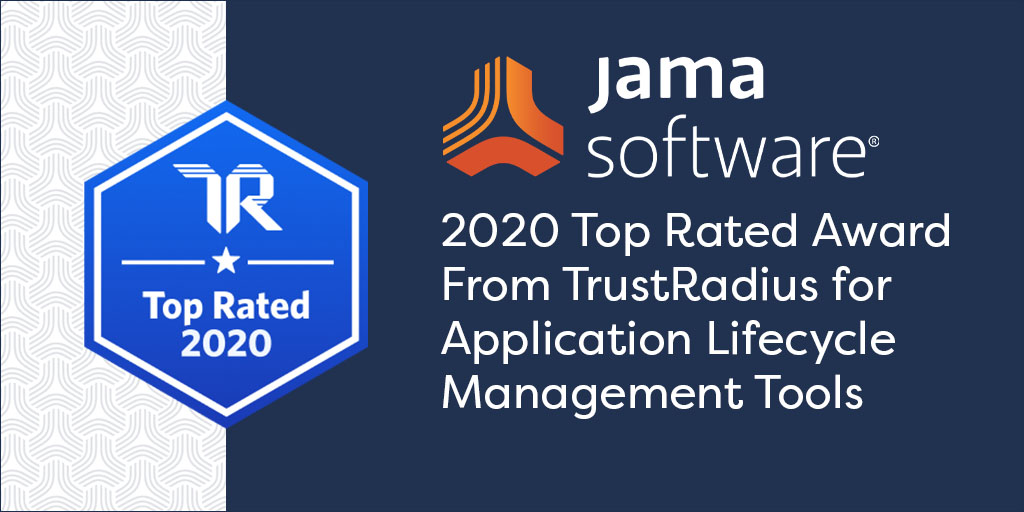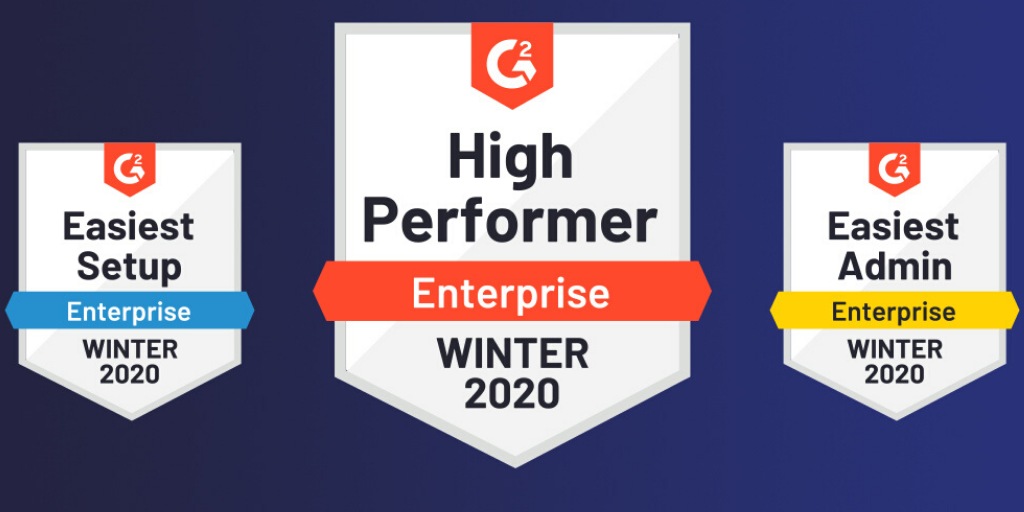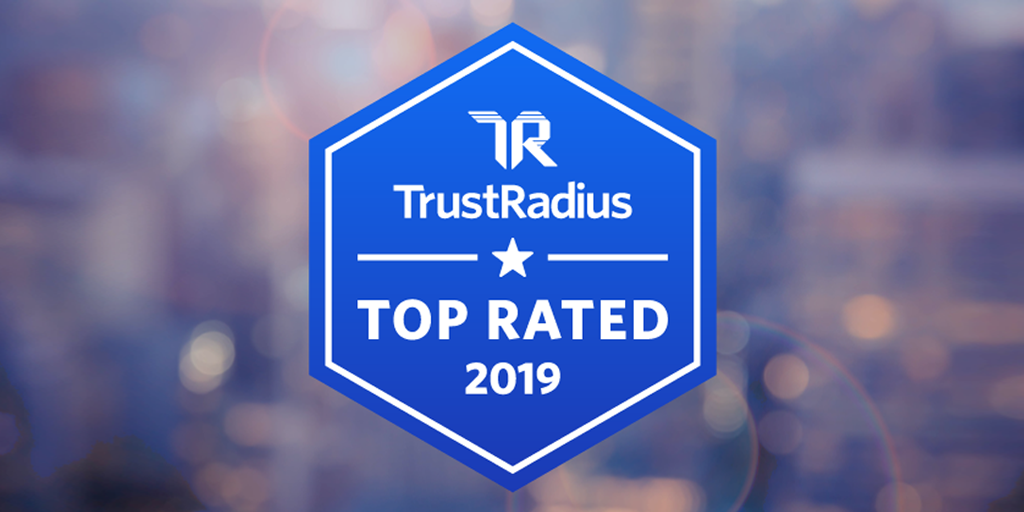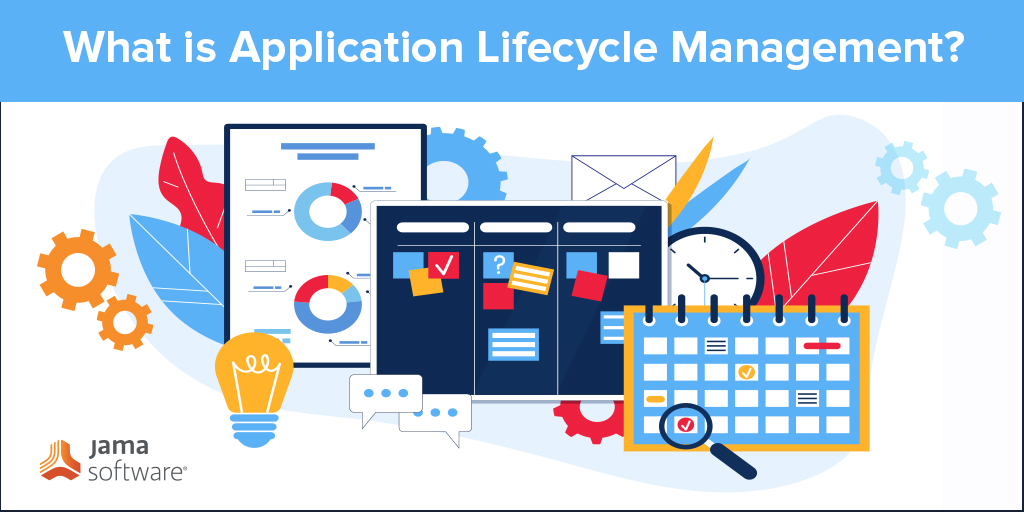
As products evolve, so must the application development process. Application Lifecycle Management (ALM) is born from what used to be a slew of different functions—project management, requirements management, development, testing, quality assurance (QA), delivery, and support—working in siloed environments.
The work of these disciplines depends on one another and needs to be conducted with continued collaboration to achieve maximum efficiency in the shortest timeframe.
What is application lifecycle management?
Application lifecycle management (ALM) integrates the people, processes, and tools involved with software application development from preliminary planning through end-of-life. This unification optimizes communication and collaboration among all groups responsible for application development. Benefits of Application Lifecycle Management include improved quality, increased efficiency, and seamless overall management and maintenance of products.
Typically, ALM and PLM have been separate processes, each using their individual software solutions and tools. But with the near-omnipresent convergence of hardware and software in product development, the process is likely to evolve.
Why is ALM important for development teams?
Unifying previously disparate practices into a single process is an invaluable asset when it comes to creating complex software. That’s why ALM is important—it helps companies realize a multitude of benefits such as, enhancing visibility throughout the software life cycle, simplifying estimates to assist with budget management, increasing efficiency to get applications to market quicker, and strengthening product quality.
Best practices, templates, and tools for application lifecycle management
The most important best practice for application lifecycle management is to use the right tool for the job.
If you’re a part of a growing team, a Requirements Traceability Matrix template can help your ALM process. At a minimum, an RTM can ensure that test cases are prepared and requirements are met.
However, with complex application development — especially in regulated industries — it’s advisable to find an application lifecycle management tool.
There are many benefits of using application lifecycle management tools compared to spreadsheets to manage the development of complex and regulated products. Purpose-built management tools can streamline the people, processes, and integrations that constitute the software development life cycle. Whereas there are a variety of risks of using spreadsheets when developing complex and regulated products.
If you are looking for a tool to support your application portfolio management, there are many to choose from. To help organize the ALM process, be sure to find a management solution that:
- Is flexible regardless of development methodology
- Makes it easy to get started and administrate
- Enables collaboration throughout the life cycle
- Allows for integration with best-of-breed tools
- Offers excellent support
Hearing what users say about ALM software is also an important checkpoint that should not be skipped.
Key features needed in an application lifecycle management tool
There are many features of application lifecycle management tools; it can be hard to know what’s important. Below are the top features to look for in an ALM tool. For even more help with selecting the right tool, look at our Requirements Management Buyer’s Guide.
Requirements Management
Requirements management is an integral part of any development, including software. However, there are many requirements management methodologies that can be employed—like waterfall or agile. Differing practices within the application development process usually means disparate best-of-breed tools to optimize activities.
Some companies try to force organizations into one software platform in an attempt to achieve the benefits of end-to-end process visibility. Typically, this approach fails due to lack of adoption and the result is an overall decrease in productivity. Therefore, it is important that your ALM tool adapts to the development methodology your teams already use so they don’t have to change their workflow.
Tracking requirements throughout the lifecycle is critical to the success of the software delivered and ensures it meets the specifications set out to build. Being able to link these requirements across the application lifecycle creates a digital thread. In Jama Connect®, this process is supported through Living Requirements™ Management.
This is essential for regulated industries and is a best practice for any complex application development. It reduces the risk of negative product outcomes while preserving engineering autonomy and productivity.
This flexibility helps increase adoption and usage, thus allowing you to quickly realize the benefits of an ALM tool—increased collaboration, productivity, visibility, etc.
Estimation and Planning
ALM tools can help with project estimation and planning, however the development method they are designed for can vary. It’s important to choose a tool that can support both waterfall and agile development.
For complex and regulated product development it’s also important to have an ALM tool with workflow functionality so you can set up a track to be followed systematically.
Collaboration and Communication
Successful development of complex applications requires top-notch communication and collaboration throughout the development life cycle. Out of context communications like email won’t cut it.
Your ALM tool of choice must allow for information flow in real time so it’s never out of date, and be on record tied to the requirement or artifact it pertains to. This way visibility is upheld, and all parties know the latest information.
Source Code Management
While the coding aspect of software development is not regarded as a part of application lifecycle management, it is part of overall development. Therefore, the source code management functionality must be integrated into the ALM tool to ensure requirements traceability from definition through testing and defect resolution.
As stated previously, software engineers should be able to choose their preferred coding software and still have it integrate with the ALM tool. Be sure to research ALM tool integration capabilities before selecting a management solution to ensure the tool is flexible.
Testing and Quality Assurance
Quality assurance is a leading factor in an ALM tool. What sets sophisticated ALM tools apart is the ability to truly deliver end-to-end traceability. This means it is imperative to connect requirements with test status and ensure all requirements are verified and validated.
Best practice is to involve quality and testing teams earlier in the process to validate requirements and review and approve test plans. To achieve this goal, an ALM tool must make test case management a top priority.
Top features of test management are the ability to monitor test progress with smart dashboards, perform both manual user-acceptance testing and support automated testing, trace failed tests to new and existing defects, reuse validated requirements, and integrate with your existing QA and testing ecosystem.
Deployment or DevOps
Like source code management, deployment and DevOps are not typically considered part of ALM, however, your ALM tool needs to integrate with DevOps tools and the continuous integration servers your teams are using for deployment. Furthermore, the dashboards and reports within the tool must have the ability to incorporate the data so full visibility is achievable.
Version Control
When using spreadsheets for ALM, version control can be a nightmare. An ALM tool, on the other hand, houses a complete history of changes made to the application. Smart ALM tools also feature personalized dashboards and reports. This is beneficial for decision making and invaluable for regulatory compliance.
Ongoing Support and Maintenance
This feature of ALM tools is not to be overlooked, as keeping customers happy is the lifeblood of any business. Support is what separates good apps from cherished ones. Also, customer feedback is often the fuel for new ideas and features. Be sure to choose an ALM platform with premier support.
Project and Portfolio Management
Full visibility into the application development lifecycle is, of course, one of the main goals of an ALM tool. With so many moving parts it can be hard to know where to look and when. That’s why it’s crucial that your management tool have custom reports and smart dashboards to easily view strategic project metrics.
Additionally, you may already use a Project Portfolio Management tool, in which case, an ALM tool that can easily integrate will be an important feature to seek out.
Current and future trends of application lifecycle management
One leading trend of application lifecycle management is that software and hardware are continuously converging. Smart devices are both hardware and software—they cannot be distinguished as only one or the other—and must be developed simultaneously.
ALM is used by software teams to produce applications and systems. These teams typically use agile development methodologies. Whereas Product Lifecycle Management (PLM) is used in manufacturing industries to build hardware and physical systems. Historically, many of these teams have used a waterfall development methodology. The main difference between PLM and ALM lies is in what is being built.
Again, as products advance, it changes the way in which they are created. The best way to get ahead of this trend is to use a lifecycle management tool that is configurable and enables toolchain integration. That way, no matter the development methodology, testing tools, bug-tracking software, etc., the platform can adapt to the required workflow regardless of what is being built.
Jama Connect does exactly that. It is a web-based application that supports complex products with both hardware and software components. Jama Connect is a forward-thinking solution in that it supports any development model and can conform to the workflow that makes most sense for the teams using it. With standard and custom API integrations and popular third-party integration hubs, teams can work in familiar tools and still ensure traceability throughout the development process.
See how Jama Connect can improve your ALM process by downloading the solution overview.
